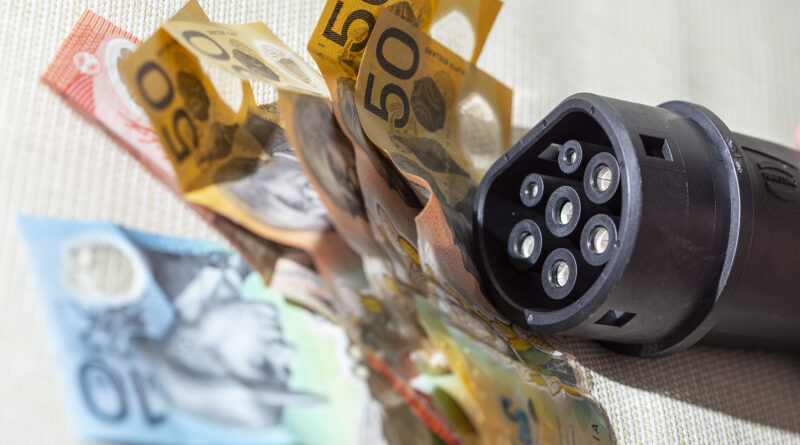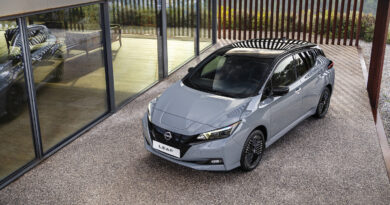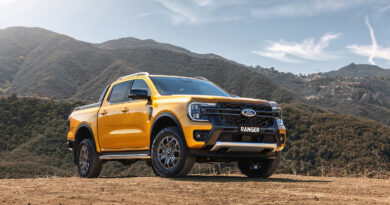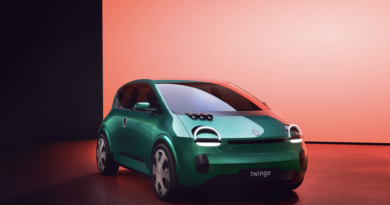The death of the new-car deal: Why you won’t get a discount on your next EV
Looking for a discount on a new EV? Don’t bet on it. Read on for why you won’t get a discount on your next EV.
Sure, we’re coming up to the traditional time of discounts for new cars – the end of the financial year – but the reality is most EVs are unlikely to leave you with any real savings off the advertised price.
The big question, of course, is why?
More buyers than cars
For most brands it comes down to demand exceeding supply.
Specials and discounts are not about car makers wanting to help you out – they’re about pricing the car to shift excess stock and ensure dealers aren’t overloaded with vehicles they can’t sell.
The automotive industry has typically worked on the model of importing more cars than immediately needed, and then finding innovative ways of convincing buyers they need to buy one.
But the reality is most mainstream car makers are currently dealing with opposite issue.
READ MORE: New EV calendar: All the new electric cars due soon
READ MORE: Complete guide to rebates, discounts and incentives when buying an EV in Australia
READ MORE: Complete guide to the cost of buying and running an electric car
A shortage of semi-conductors means many brands have had to reduce their production numbers, in turn pushing waiting lists out.
On top of that, there’s been unprecedented demand post-pandemic, with confident buyers comfortable splashing out on a new set of wheels.
So, while there are exceptions to the rule, for many brands they’re dealing with more buyers than they have cars to supply.

Remember, too, that there are two broad buyers in the EV space. The first is private buyers wanting to adopt new tech and the second is fleets/governments looking to green their image.
In the EV space, both are running hot at the moment, something spurred along by state government discounts and rebates and something likely to gather pace with the recent change of government (Labor has its own EV policy).
Many EVs aren’t sold by dealers
For decades when car buyers have gone shopping they’ve been purchasing a car from a dealer, who in turn has bought it from head office.
There’s a margin to play with and it’s often that margin that you’re haggling over when crunching a deal (head offices also provide incentives that usually run across the dealer network).
But many EVs are not being priced by the dealer but by head office.
Shop for a Polestar, Tesla or Mercedes-Benz, for example, and you’re not buying from a dealer but from head office.
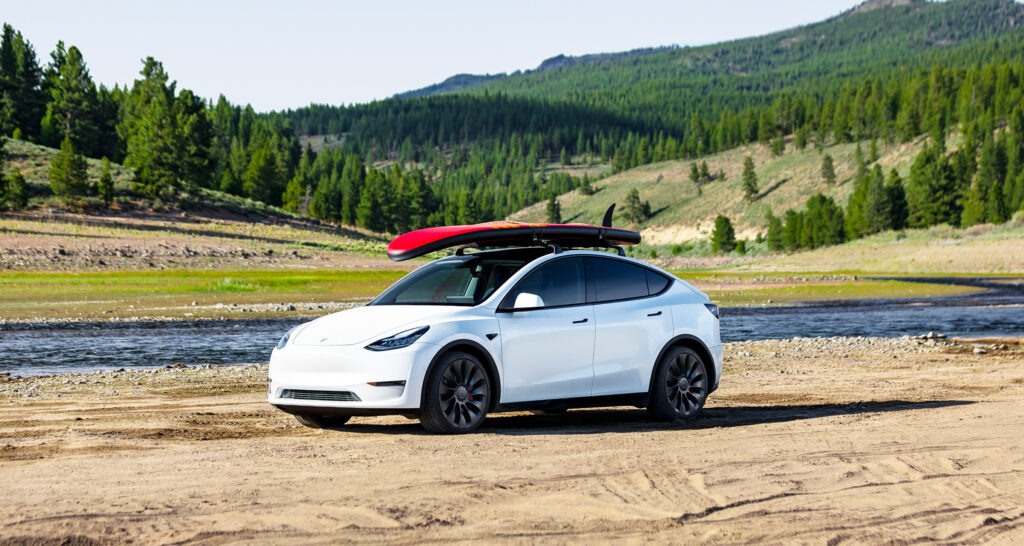
Sure, the place you test drive the car may look like a dealership, but it’s officially an agent of head office and the people behind the desk cannot negotiate on price.
In other words, prices are fixed.
Those prices will move up or down over time, but in the case of Tesla the staff have no idea how or when things will change. We’ve heard of one Model 3 buyer who test drove in the morning only to have a quick bite and coffee and pay $3000 more a couple of hours later due to a price rise. An expensive lunch indeed.
With that in mind, here’s a rundown of what to expect when buying a new EV.
Audi
Sales of the e-Tron are ticking over nicely so dealers aren’t desperate to crunch deals. You may have some luck with extras, although given servicing and charging are already included for six years that takes them out of the equation.
BMW
BMW’s had deals on its regular models, but the i-branded electric models have mostly been immune to such savings. It helps that the sought-after models – iX3 and i4 – are still fairly fresh. So while you may be able to score some extras, don’t go expecting mega deals.
BYD
There are no customer cars on the road yet, but importer EV Direct is taking orders for the upcoming Atto 3 electric SUV. Prices change state-to-state depending on local taxes, but they’re fixed within each state. With BYD you’re buying directly from the importer, so there’s no haggling.
Hyundai
You can haggle on most Hyundais, including the Kona Electric, although the current short supply on some models (Tucson and Santa Fe, for example) means even that can be tough going. But the Ioniq 5 is a different game. It’s sold only online (although later delivered through a dealership) so prices are fixed by head office. And with people scrambling to get into one of the coolest-looking EVs on the road there’s little incentive for deals at the moment.
Jaguar
The British brand was one of the first luxury brands to unleash an EV in Australia. But sales of the I-Pace have dried to a trickle (about one car per month). That could in part be because the most affordable model has been dropped, making the I-Pace a more expensive proposition (around $155K drive-away). With such limited deliveries the I-Pace is unlikely to have much shaved off its price.
Kia
All Kia EVs are sold through the traditional dealer network.
For the Niro – the brand’s most basic and affordable EV – that means you might be able to snaffle a deal of sorts. Kia even offers some finance offers, too.
It’s a different story for the EV6, which is a far more convincing EV, one built from the ground up as an electric car.
Kia is seriously limited on supply and there’s been enormous interest in the car.
So dealers aren’t having to discount. In one instance we’ve heard of the opposite problem: a dealer charging a hefty delivery fee to bolster what they pocket out of the deal.
Lexus
Hybrids are currently the main game for Lexus, although its first EV – the UX300e – is a teaser of things to come. Being short on range and big on price means it’s not a massive seller, but head office knew that from the start so has ensured supply roughly matches demand. All of which means that while you may have some luck with a deal, there won’t be heaps in it.
Mazda
Mazda only brought 100 of its first EV into Australia, but they’ve been slow to move (about 40 are still listed for sale on Carsales). Blame it on a big price tag, a small battery and a quirky body with rear-hinged back doors that makes accessing the rear seat tricky.
The MX-30 Electric is officially about $72K drive-away, but some near-new demos are selling for closer to $60K. Even brand new ones can be snaffled for something in the low-$60K bracket.
Short story is you’re a good chance for a discount on the MX-30 E35, especially as the cars were all built in 2021.
MG
In launching the ZS EV in 2020 MG made it clear there wasn’t a whole lot of fat in the price, which at one stage was $43,990 drive-away. Those prices have increased with the imminent arrival of an updated MG ZS EV model, which has a new entry-level model starting at $46,990. Either way, as Australia’s cheapest EV don’t expect dealers to go eating into their margins.
Mercedes-Benz
Mercedes-Benz has controversially switched to an “agency” model, whereby dealers are now delivery agents and you’re buying the cars from head office.
So with the EQA and EQC there’s no negotiating on price. That said, there are occasionally demos that are available for less than the regular price.
Mini
It’s not a huge seller for Mini, but the EV version of the hatchback ticks along in the sale race, in part because it undercuts other premium electric vehicles. It appears dealers aren’t in a mad rush to discount them, so don’t expect big bargains.
Nissan
There have been opportunities to shave a bit off the price of a Leaf in the past, but with an updated model due and supply tight those opportunities appear to be narrowing. Give it a crack, but don’t bet the house on it.
Polestar
The Polestar sales process largely mimics Tesla. Polestar stores are scarce (and are often pop-ups in highly trafficked areas) and you’re buying the Polestar 2 from head office, not a dealer. That means buying online and paying whatever the asking price is. Demos are the best opportunity to pocket a modest saving.
Porsche
The faster versions of the Taycan – the Turbo and Turbo S – are the ones that have the longest waiting lists, but even the lesser ones are hot property. As such, for now there’s very little chance of a deal.
Then again, the Taycan is hardly about budget-priced EV motoring.
Tesla
The EV specialist set the template for online sales. There’s no negotiating, and even the staff seem unaware of when any price changes or spec updates will be implemented. So if you like what you see then you’d better grab it while you can. With the imminent arrival of the Model Y SUV the rush to get behind the wheel of a Tesla is unlikely to ease.
Volvo
Volvo mostly runs a traditional dealer model – except with its EVs. You test drive and take delivery of them through a dealership, but the Swedish brand sells its XC40 Pure Electric exclusively online, and there’s no negotiating on price. So the sticker says is what you’ll pay.

